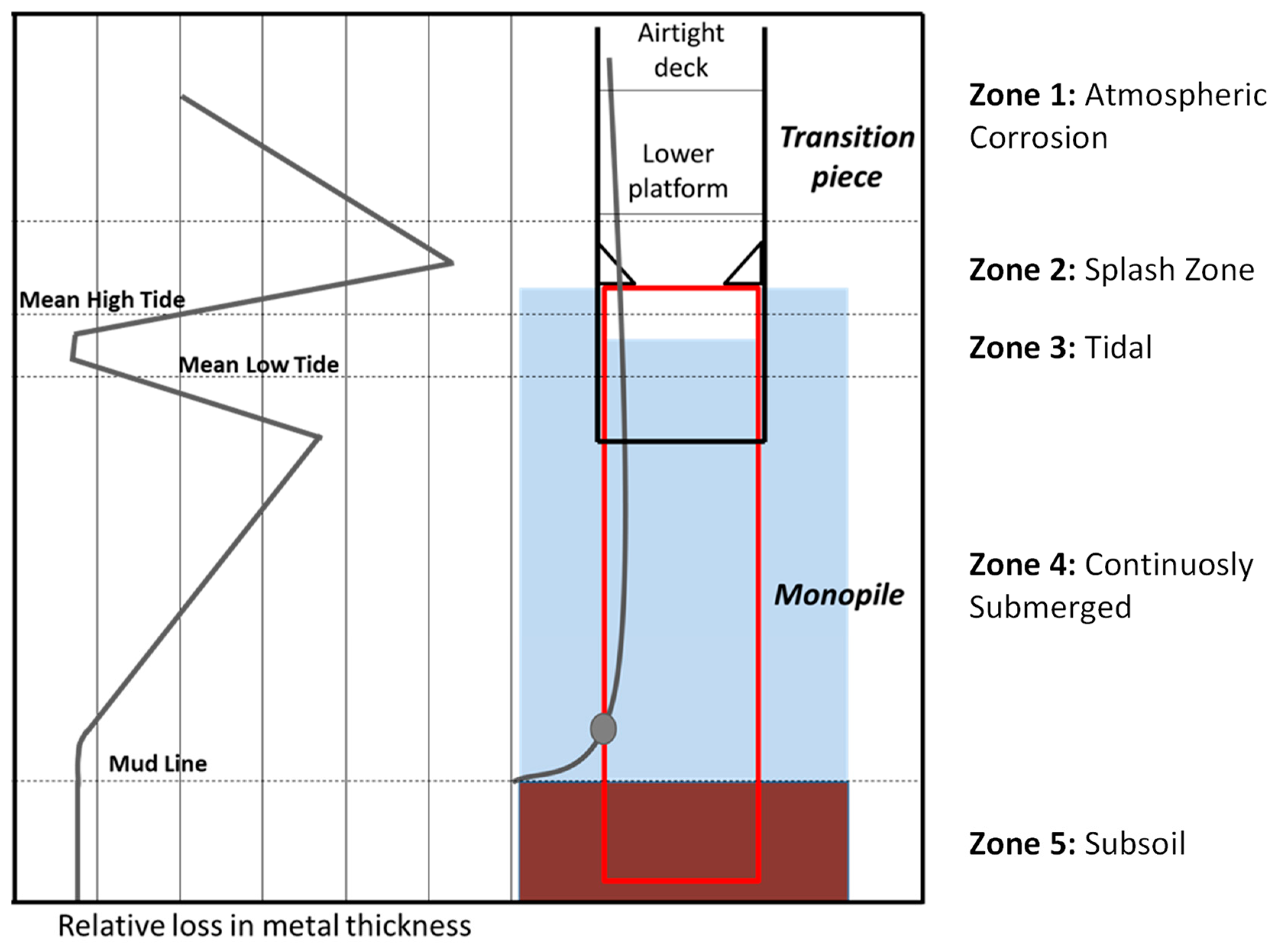Deck Preservation: How to Extend the Life of Your Outdoor Deck
Is your outdoor deck starting to show signs of wear and tear, like a faded painting that has lost its luster? Well, fear not! With a little bit of care and attention, you can extend the life of your deck and keep it looking beautiful for years to come.
Just like a well-maintained garden, your deck requires regular upkeep to thrive in the face of nature’s elements. From cleaning and sealing to repairing and protecting, this guide will provide you with the essential tips and tricks to preserve your deck’s integrity.
So grab your tools and let’s embark on this journey together, ensuring that your outdoor oasis remains a haven for relaxation and enjoyment.
Key Takeaways
– Regularly clean and sweep the deck surface to remove dirt and debris.
– Apply a protective sealant every few years to maintain its effectiveness.
– Inspect and repair any loose or damaged boards promptly.
– Prevent water damage by cleaning out gutters, directing water away from the deck, and applying a water-resistant sealer.
Regular Cleaning and Sweeping
To maintain the longevity and appearance of your outdoor deck, you should regularly clean and sweep it using a broom or brush. Regular cleaning and sweeping not only removes dirt and debris but also prevents the buildup of mold and mildew, which can cause damage to the wood.
Start by removing any furniture or objects from the deck to ensure a thorough clean. Sweep the deck surface, paying close attention to the corners and crevices where dirt tends to accumulate.
For tougher stains or stuck-on debris, you can use a mild detergent mixed with water and scrub the area gently with a brush. After cleaning, rinse the deck thoroughly with water to remove any soap residue.
It’s essential to clean your deck at least once a month, or more frequently if you live in an area with heavy foot traffic or inclement weather. Additionally, be sure to check for any loose or damaged boards and repair them promptly to prevent further deterioration.
Applying Protective Sealants
To further protect your outdoor deck and extend its lifespan, consider applying protective sealants. Sealants act as a barrier against moisture, UV rays, and other damaging elements, helping to prevent rot, decay, and fading.
Before applying the sealant, make sure your deck is clean and dry. Remove any dirt, debris, or mildew using a deck cleaner and a stiff brush. Once the deck is clean, choose a sealant that’s specifically designed for outdoor use and is compatible with the type of wood your deck is made of.
There are two main types of sealants: water-based and oil-based. Water-based sealants are easier to clean up and have a lower odor, but they may not provide as much protection as oil-based sealants. Oil-based sealants tend to be more durable and provide better protection against UV rays.
To apply the sealant, use a brush, roller, or sprayer, following the manufacturer’s instructions. Apply a thin and even coat, working in small sections. Allow the sealant to dry completely before walking on or placing furniture on the deck.
Keep in mind that sealants need to be reapplied every few years to maintain their effectiveness. By applying protective sealants regularly, you can significantly prolong the life of your outdoor deck.
Repairing Damaged or Loose Boards
Now let’s address the issue of repairing damaged or loose boards on your outdoor deck.
There are various techniques you can use to replace boards that are beyond repair, ensuring the structural integrity of your deck.
Additionally, it’s important to take preventive measures to avoid future damage, such as regularly inspecting and maintaining your deck, and addressing any issues promptly.
Board Replacement Techniques
Replace damaged or loose boards on your outdoor deck using these effective techniques.
First, identify the problem boards by inspecting the deck for any signs of rot, warping, or splitting. Once you’ve located the damaged boards, use a pry bar or a screwdriver to carefully remove the screws or nails securing them in place. Take note of the dimensions of the removed boards to ensure a proper replacement.
Next, cut a new board to the correct size using a circular saw or a handsaw. Before installing the new board, make sure to remove any debris or old fasteners from the surrounding area.
Finally, attach the new board using galvanized screws or nails, making sure it’s level and secure.
Regularly inspect and maintain your deck to prevent further damage and extend its lifespan.
Preventing Future Damage
Maintain the integrity of your outdoor deck by implementing proactive measures to prevent further damage to any loose or damaged boards.

Start by regularly inspecting your deck for any signs of wear and tear. Look for loose boards, cracks, or any areas that seem weak or unstable. If you notice any issues, address them promptly to prevent further damage.
Reinforce loose boards by adding screws or nails to secure them back in place. Consider using a waterproof sealant to protect the boards from moisture, which can cause warping and rotting.
Additionally, make sure that your deck is properly cleaned and free from debris, as accumulated dirt and leaves can trap moisture and lead to decay.
Preventing Water Damage
To prevent water damage to your outdoor deck, ensure proper drainage and regular sealing. Here are five key steps you can take to protect your deck from water damage:
– Clean out the gutters: Clogged gutters can cause water to overflow onto your deck, leading to potential damage. Regularly clean out your gutters to ensure proper water flow and prevent water from pooling on your deck.
– Install downspout extensions: Downspout extensions help direct water away from your deck and foundation. By extending the downspouts, you can prevent water from pooling around your deck and causing damage.
– Check for deck slope: Make sure your deck has proper slope to allow water to drain away. Standing water on your deck can lead to rot and deterioration over time. If your deck isn’t properly sloped, consider adjusting it to prevent water from accumulating.
– Inspect and repair damaged boards: Regularly inspect your deck for any damaged or rotten boards. Replace them promptly to prevent water from seeping into the structure of your deck.
– Apply a water-resistant sealer: Regularly apply a high-quality water-resistant sealer to your deck. This will help protect the wood from absorbing water and prevent moisture damage.
Minimizing Exposure to UV Rays
To protect your outdoor deck from the damaging effects of UV rays, apply a UV-resistant coating annually. UV rays from the sun can cause your deck to fade, dry out, and deteriorate over time. By applying a UV-resistant coating, you create a protective barrier that helps minimize the exposure of your deck to these harmful rays.
UV-resistant coatings are specifically designed to block UV radiation and prevent it from penetrating the surface of your deck. These coatings contain special additives that act as a shield, reflecting and absorbing the UV rays. Not only do they protect your deck from fading, but they also help to prevent cracking and warping caused by prolonged exposure to the sun.
When applying a UV-resistant coating to your deck, make sure to thoroughly clean the surface first. Remove any dirt, debris, or stains that may have accumulated over time. This will ensure that the coating adheres properly and provides the best possible protection.
To apply the coating, use a brush or roller to evenly distribute it across the entire surface of your deck. Follow the manufacturer’s instructions for the recommended number of coats and drying times. Remember to reapply the UV-resistant coating annually to maintain its effectiveness and prolong the life of your deck.
Winterizing Your Deck
Protect your outdoor deck during the winter months by taking proactive steps to prevent damage. Winter can be harsh on your deck, but with proper care, you can ensure its longevity and beauty.
Here are five essential tips to winterize your deck:
– Clean your deck thoroughly: Remove any debris, leaves, or dirt that has accumulated on your deck. Use a broom or leaf blower to clear the surface, and then wash it with a mild detergent and water. This will prevent mold and mildew growth.
– Trim nearby trees and shrubs: Trim any overhanging branches or bushes that could potentially damage your deck during winter storms. Falling branches can cause significant harm to your deck’s structure.
– Apply a protective sealant: Before winter arrives, apply a high-quality sealant to your deck. This will create a barrier against moisture and prevent rot and decay. Make sure to follow the manufacturer’s instructions for application.
– Remove furniture and planters: Clear your deck of any furniture, planters, or other items that could trap moisture and cause wood rot. Store them in a dry place to protect them from the winter elements.
– Use salt alternatives: Avoid using salt or ice melters on your deck, as they can cause damage to the wood. Instead, opt for sand or kitty litter to provide traction and prevent slips.
Frequently Asked Questions
How Often Should I Clean and Sweep My Outdoor Deck?
You should clean and sweep your outdoor deck regularly to keep it in good condition. Sweeping should be done on a weekly basis to remove loose dirt, leaves, and debris.
As for cleaning, it’s recommended to do it at least once a year, but depending on the condition of your deck, you may need to clean it more often.
Regular maintenance will help extend the life of your outdoor deck and keep it looking its best.
What Type of Protective Sealant Should I Use for My Deck?
To protect your deck and extend its life, it’s important to choose the right protective sealant. Look for a sealant specifically designed for outdoor decks, preferably one that offers UV protection and is water-resistant.
Before applying the sealant, make sure your deck is clean and dry. Use a brush or roller to evenly coat the surface, following the manufacturer’s instructions.
Regularly reapply the sealant as recommended to keep your deck looking great and protected from the elements.
How Can I Repair a Damaged or Loose Board on My Deck?
To repair a damaged or loose board on your deck, start by removing any screws or nails holding it in place.
Then, use a pry bar to carefully lift the board and replace it with a new one of the same size.
Secure the new board using decking screws or nails, making sure it’s level and flush with the surrounding boards.
What Are Some Effective Ways to Prevent Water Damage on My Deck?
To prevent water damage on your deck, there are a few effective ways you can try.
First, make sure to seal your deck regularly with a waterproof sealant. This will help repel water and protect the wood from moisture.
Additionally, keep your deck clean and clear of debris, as wet leaves and dirt can hold moisture against the wood.
Is It Necessary to Winterize My Deck, and if So, What Steps Should I Take?
Is it necessary to winterize your deck and if so, what steps should you take?
Yes, it’s important to winterize your deck to protect it from the harsh weather conditions.
To do this, start by cleaning the deck thoroughly, removing any debris or leaves.
Then, apply a sealant or waterproofing solution to prevent moisture damage.
Finally, cover your deck with a tarp or protective cover to shield it from snow and ice.
These steps will help extend the life of your outdoor deck.
Conclusion
In conclusion, taking proper care of your outdoor deck can greatly extend its lifespan. Regular cleaning and sweeping, applying protective sealants, and repairing any damaged or loose boards are essential maintenance steps.
Additionally, preventing water damage, minimizing exposure to UV rays, and winterizing your deck during colder m click site onths will help keep it in excellent condition for years to come.
By following these tips, you can enjoy your outdoor deck for a long time.

Welcome to my website! I’m Mason Creswick, a professional Graffiti Removal Expert with a passion for advanced pressure washing techniques. With years of experience in the industry, I have honed my skills and expertise in industrial pressure washing, pressure washing for curb appeal, and the use of various pressure washing tools and accessories.

